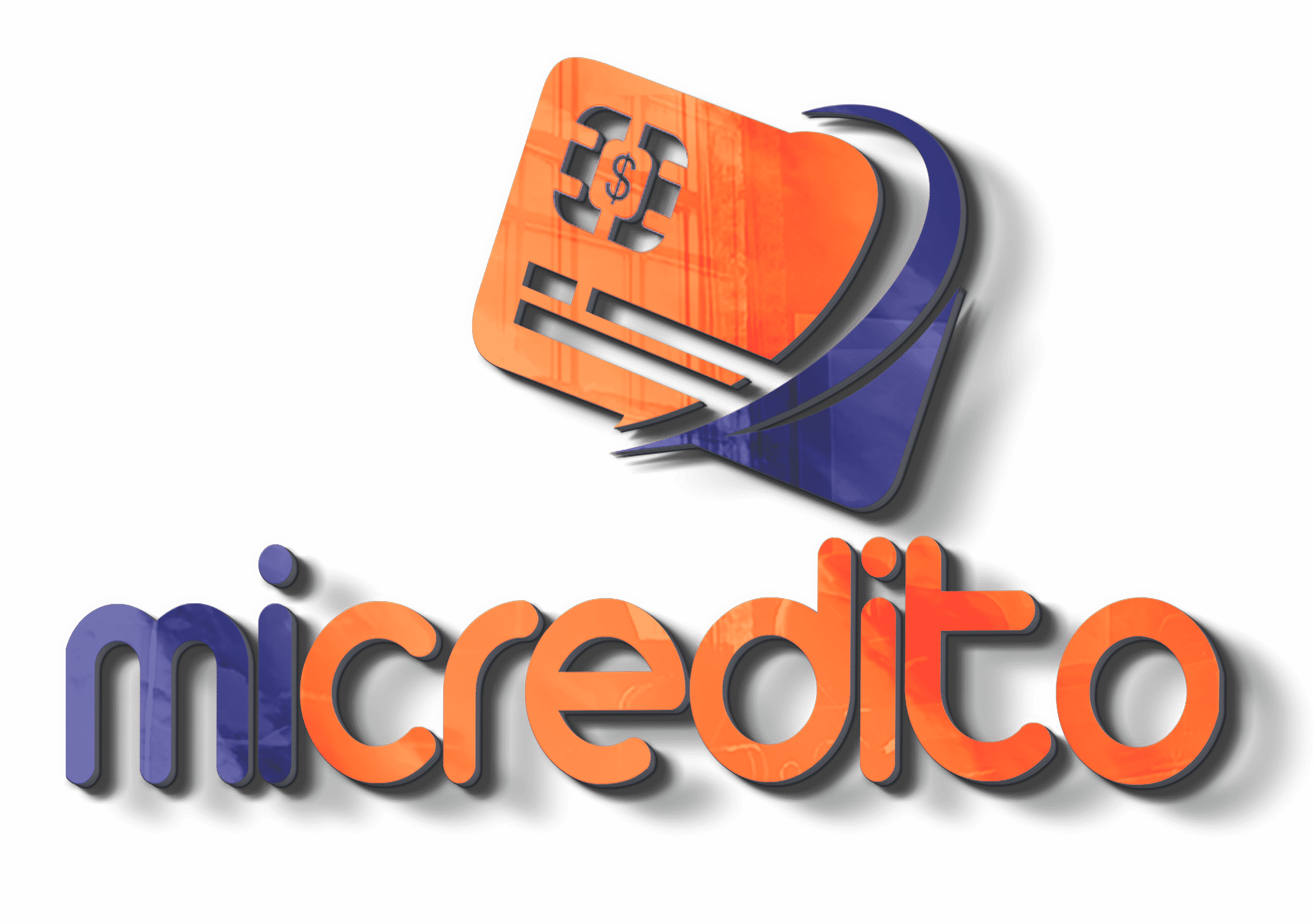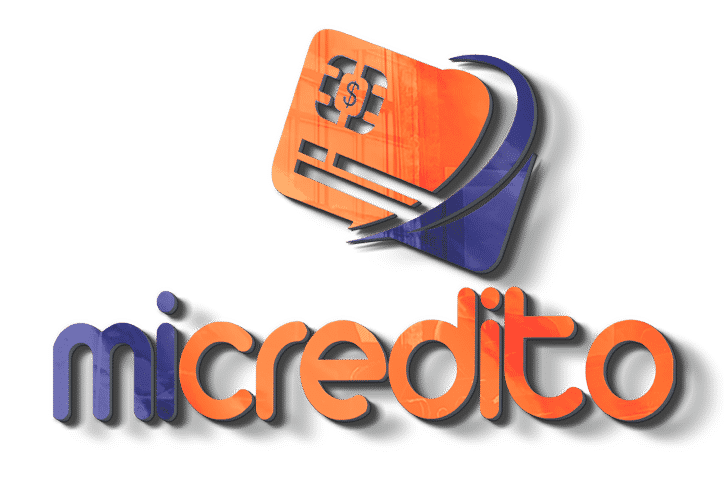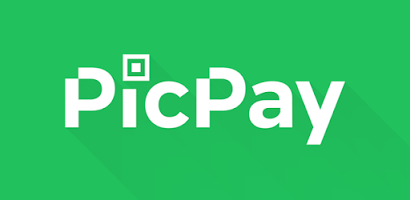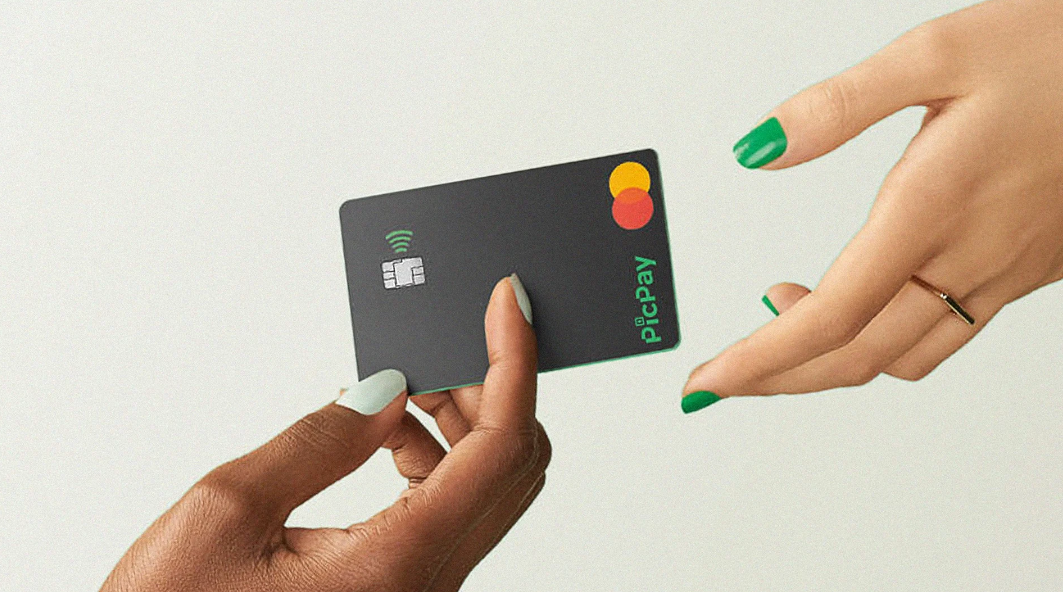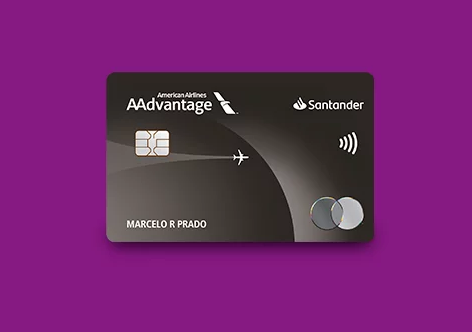Big purchases don’t just strain your wallet—they also force you to choose how you’ll pay. Whether it’s upgrading your kitchen or buying a new laptop, you’re likely weighing two options: a credit card or some form of financing. The decision matters more than most people realize and could affect your budget for months—or even years.
Understanding the differences between these payment methods can help you avoid financial headaches. Credit cards offer fast access and added perks, but financing options tend to come with lower interest rates and more structured repayment. Which one works best depends on how you manage money and what kind of purchase you’re making.
The basics of credit cards and financing
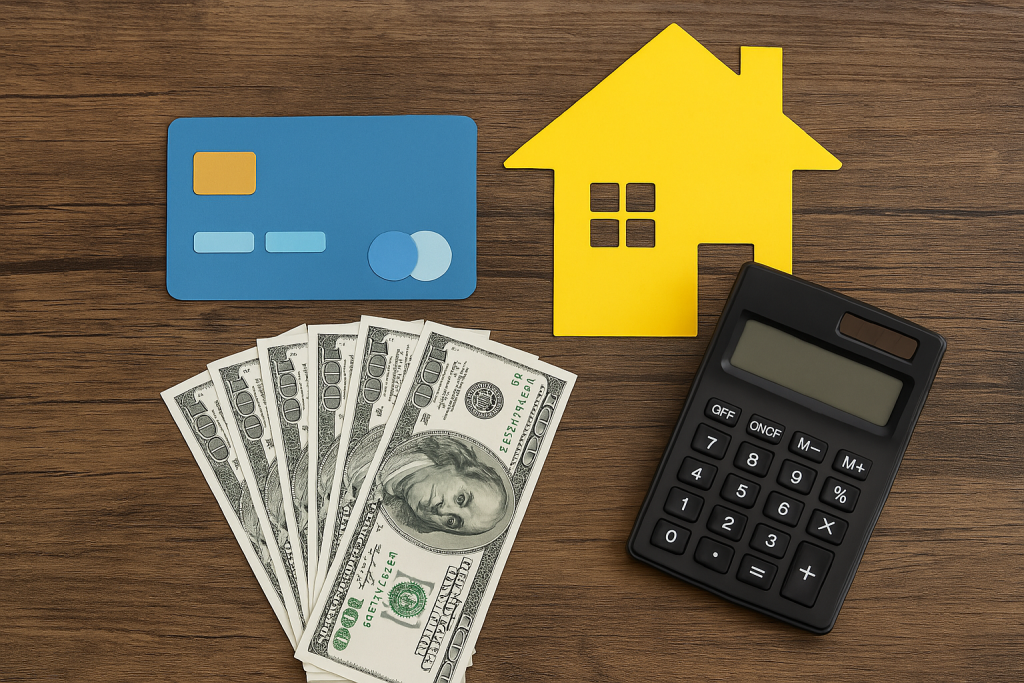
Credit cards act as revolving credit, giving you the freedom to spend up to a certain limit again and again—as long as you repay what you owe. They’re accepted almost everywhere and often include rewards or purchase protection. Still, if you carry a balance, the high interest can make even a modest purchase more expensive over time.
By contrast, financing typically means fixed-term loans or payment plans that break the cost into monthly chunks. You know upfront how much you’ll pay and for how long, which can make budgeting easier. But once you borrow that amount, you can’t spend more on that same line—unlike a credit card, which resets as you repay.
When credit cards make more sense
A credit card can be a smart way to finance a large purchase—if you plan carefully. For example, many cards offer a 0% intro APR for the first 12 to 18 months. If you’re confident you’ll pay off the balance during that window, it’s essentially an interest-free loan with built-in flexibility.
There are other perks, too. Credit cards often include purchase protection, extended warranties, and travel-related benefits. For items like appliances or airline tickets, those extras could be a real advantage. And let’s not forget how easy it is—no forms to fill out, no waiting for approval.
Advantages of credit cards for large purchases
Using a credit card responsibly can even improve your credit profile. Keeping balances low and making payments on time shows lenders you’re dependable. With financing, especially through installment loans, your score may dip temporarily due to the hard inquiry and new debt.
Many cards also reward you with points, miles, or cash back. So if you’re already planning to spend, you might as well get something in return. Just be careful not to overspend chasing rewards—that’s a trap even seasoned users fall into when the excitement takes over.
When financing is the better route
Sometimes, using financing makes more financial sense—especially when the expense is big and the repayment will take time. Whether it’s medical bills or a home renovation, a personal loan often comes with a lower interest rate than most credit cards. Plus, fixed monthly payments make it easier to plan your finances.
Another advantage is access to higher borrowing limits. Credit cards may top out at a few thousand dollars, while financing through a loan or installment plan could give you what you actually need. That stability is ideal when you want predictability and don’t want your payments to fluctuate.
Types of financing available for consumers
There are several ways to get financing. Personal loans, for instance, come from banks or credit unions and usually offer better rates for people with good credit. Buy Now, Pay Later (BNPL) services have also gained popularity, letting you break up payments into interest-free installments—if paid on time.
Retailers often offer promotional financing, too—like interest-free periods on mattresses or electronics. These can be useful, but you need to read the details. Miss a single payment, and the back interest could hit you all at once. That’s the catch many shoppers overlook.
Comparing costs and flexibility
The total cost is what really separates credit cards and financing. Credit cards often carry higher APRs—sometimes over 20%—while personal loans or payment plans can be significantly cheaper if your credit is solid. That difference adds up fast when you’re paying off a big-ticket item.
Flexibility is another key factor. Credit cards let you pay more or less each month and reuse your credit line as you go. Most financing options don’t work that way—you’ll owe a fixed amount every month, which can feel rigid if your income varies. But for some, that structure is exactly what keeps spending in check.
Cost breakdown of credit card vs. financing
Before making a big purchase, it’s crucial to understand how much each option may cost you over time. While credit cards offer flexibility, their interest rates are currently among the highest in consumer lending. In contrast, financing options like personal loans or BNPL services may come with lower or even zero interest—if managed carefully. Knowing the total cost in advance helps you avoid debt spirals and make smarter decisions.
| Purchase Scenario | Credit Card (~22.59% APR) | Personal Loan (~16.61% APR) | BNPL (0% if paid on time) |
|---|---|---|---|
| $3,000 over 12 months | ~$376 in interest | ~$265 in interest | $0 (if paid on time) |
| Flexibility | High | Moderate | Low to moderate |
| Application Process | None | Requires approval | Quick, app-based |
Long-term financial impact
The method you choose for large purchases can affect your financial health for years. High-interest credit card debt that lingers becomes costly and stressful. Meanwhile, structured financing options help enforce discipline but might lock you into monthly payments you can’t easily adjust later.
Whichever you choose, always calculate the total cost and assess your ability to repay. Avoid minimum payments on credit cards, and steer clear of financing options with hidden fees or high penalties. Being proactive about your decisions now can prevent money issues down the road.
Questions to ask before choosing a method
Before you commit to credit cards or financing, take a step back and assess your financial situation honestly. Ask yourself if you’re borrowing out of necessity or convenience, and whether your income comfortably supports repayment. These questions can steer you toward the most responsible and cost-effective option.
- Can I pay this off within a few months?
- Will I qualify for a 0% APR offer?
- How much interest will I pay overall?
- Does this method affect my credit score or limit future borrowing?
